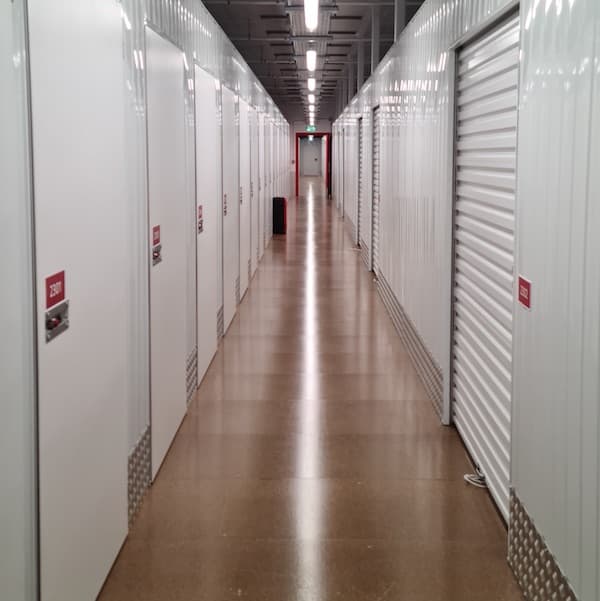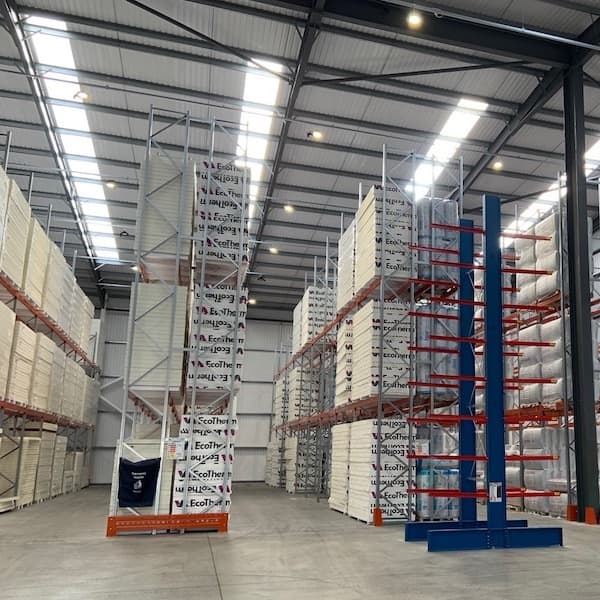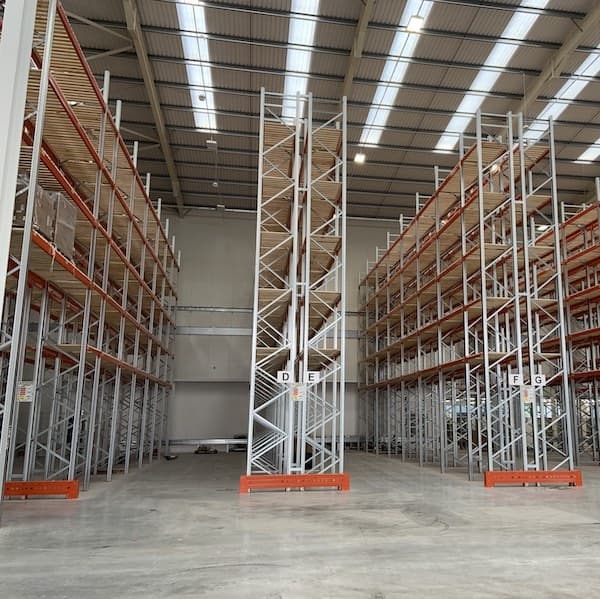- Mezzanine Floors
- Solutions
- Multi-Tier Mezzanines
- Mezzanine Pallet Safety Gates
- Mezzanine Staircases
- Mezzanine Handrails and Balustrades
- Mezzanine Decking
- Fire Protection for Mezzanine Floors
- Mezzanine Lift Shaft Design and Installation
- Resources
- Mezzanine Floor Calculator
- Mezzanine Floor Regulations and Building Control
- Self-Storage Mezzanine Floors
- Self-Storage Units
- Resources
- Self-Storage Site Selection Information
- Calculating The ROI of Self-Storage Conversions
- Planning for Automation in Self Storage
- Racking & Shelving
- Services
- Racking Design
- Racking Manufacture
- Racking Installation
- Racking Inspections
- Retail Racking And Shelving Systems
- Solutions
- Cantilever Racking
- Pallet Racking
- Coil Racking
- Longspan Shelving
- Tyre Racking
- Kimer Racking
- Live Storage Racking
- Drive In & Drive Through Racking
- Clip Shelving
- Mobile Shelving
- Custom Fabrications
- About Us
- USS Case Studies
- Self-Storage Fit-out For Raked Ceiling Building
- Mezzanine And Staircases For Entertainment Venue
- New Mezzanine And Staircases For Major Retailer
- Mezzanine Pallet Safety Gate
- Self-Storage Fit-Out Project For Brand New Facility
- Warehouse Racking, Wire Mesh & Shelving for New Warehouse
- Self-Storage Partition System & Components Installation
- Self-Storage Store Mezzanine And Staircases
- Multi-Tier Mezzanine For Logistics & Distribution Facility
- Warehouse Plant Platform
- Self-Storage Facility Space Expansion
- Mezzanine Floor For Distribution Warehouse
- Bespoke Feature Staircase & Mezzanine
- Single Level, Multi-Use Mezzanine
- Mezzanine For A New Building
- Mezzanine Floor For Plumbing Supplies Warehouse
- New Racking System and Mezzanine Floor
- Car Park Conversion To Self Storage Facility
- Pallet Racking and Cantilever Racking For Warehouse
- Two Mezzanine Floors For Self-Storage Facility In Birmingham
- Our Accreditations
- Contact Us
- USS Case Studies
- Store tyres in an orderly manner – this would preclude simply piling the tyres in the corner of a space such as a warehouse (anyone thinking this approach sounds unlikely only needs to read the cautionary case study featured further on in this article).
- Store tyres within a secure building or a securely fenced compound to minimise the risk of fires starting maliciously.
- Lock stored tyres in premises outside working hours and review security arrangements in full before opening the storage facility.
- Store tyres in an area separated from fire risk processes and spaces in which highly flammable liquids are stored.
- Store adjacent stacks of tyres with adequate space between them. This space will operate as a fire break in the event of a fire breaking out. It is an apparent reason why installing the correct racking to store the tyres will make it easier to comply with the regulations and store them safely.
- Check the tyres daily, using tight housekeeping protocols to prevent litter and combustible materials from building up in the tyre storage area.
- No work of the kind that could start a fire – such as welding – should occur in a facility that stores tyres! If the work is entirely unavoidable, it should be carried out only after a person with sufficient training and levels of responsibility has issued a written permit. You should also shift tyres from the area in which the hot work is taking place. Temporary removal of this kind will be far simpler to facilitate if the tyres in question are stored on specialist racking of the type we supply at United Storage.
The Latest Blogs From USS
Storing End-Of-Life Tyres Safely Using a Modular Approach
read
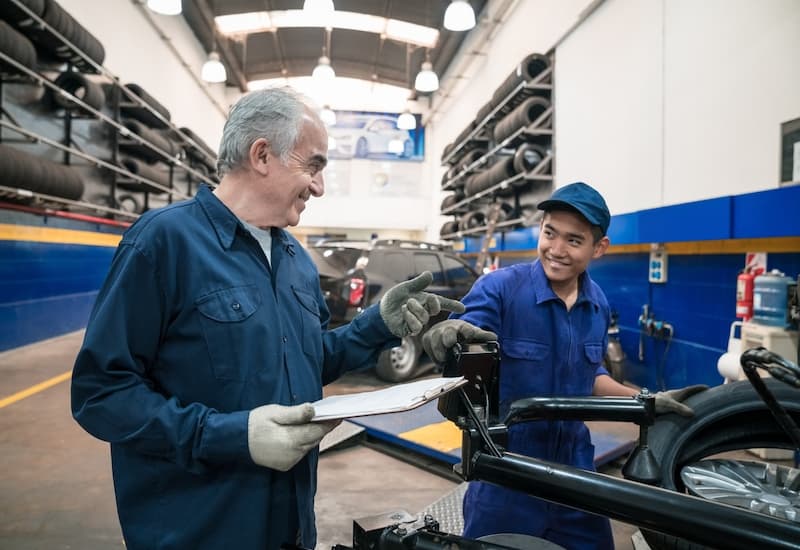
We’ve written previously about using specialised racking to store tyres that are either brand new awaiting use or reserved for specific periods of the year, such as winter tyres switched for summer tyres and vice versa.
In our previous article, we looked at the way businesses can create the best environment for tyre storage by implementing the right storage options. We detailed how tyres must be stored under conditions that prevent damage to the fabric of the rubber, with specific emphasis on the tyres being vertical rather than horizontal and with no pressure placed on them from other tyres or stored objects.
Throw Assumptions Aside When it Comes to Storing End-of-Life Tyres
When it comes to storing tyres that are no longer needed, you might assume that they are bound for deconstruction - and recycling means not as much care needs to be taken, but this isn’t the case. Although the condition of the tyres themselves is no longer of any importance once they’ve reached the end of life, the way they are stored is subject to strict safety legislation for many reasons, the most pressing of which is that tyres are highly combustible; therefore most waste carriers are limited to storing a maximum of 40 tonnes of tyres for a period of 3 months. It’s also the reason why specially made tyre racking dramatically increases the likelihood that tyres can be stored safely, mitigating the many risks involved for people and property.
The Fire Risk
The impact of a fire breaking out in a facility that stores end of life tyres will be exacerbated by how rubber burns. More specifically, a fire in one area of stored tyres will spread quickly to other areas they are being stored, and any burning will produce large volumes of highly thick black smoke. This smoke is deeply problematic in several ways; it is harmful to health if inhaled by anyone, and it will limit the visibility of the site of the fire in a way that makes evacuating the building or putting the fire out extremely difficult, putting those who work there as well as firefighters in great danger. In short, when a fire of this kind takes hold across a substantial number of stored tyres, it has the potential to present considerable risks to employees on the site, the public who happen to be present in the surrounding area, and the emergency workers tasked with trying to put the fire out.
Guidelines for Storing End-of-Life Tyres
The Health and Safety Executive (HSE) works with the Tyre and Rubber Industries Safety Action Group (TRISAG, a body through which the rubber industry creates a framework of safe working practices.) The guidelines for the storage of end-of-life tyres which TRISAG has published include the following, all of which should be put in place by any business wishing to store tyres safely and legally:
Read all the TRISAG recommendations here.
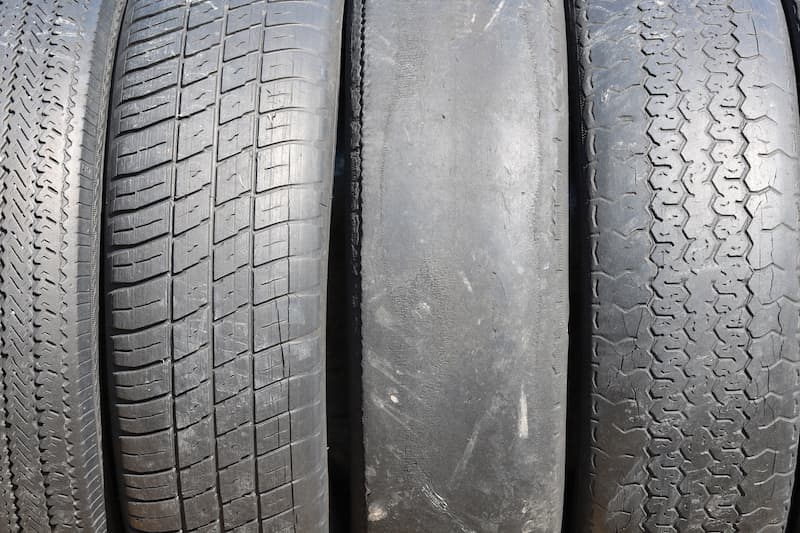
A Cautionary Tale
A recently reported *court case in January 2020 provided an example of the consequences of breaching such regulations when the directors of a tyre storage business were found guilty of contravening guidelines and placed the safety of local people and the environment at significant risk. The charges centred on two different locations – on one of these inspectors found that the business stored 1,300 tonnes, and on the other site more than 120 tonnes of tyres. In both cases, the tyres were stored haphazardly in heaped piles, with no attempt made to create fire breaks or take any other action likely to limit the spread of a fire. The Court ordered the company to pay a fine of £11,250. Two company directors received sentences of 12 months’ imprisonment suspended for 12 months, and a 6-month community order, including 15 days of rehabilitation activities. In simple terms, the company had stored huge numbers of end-of-life tyres without making any effort to minimise the risk of a fire.
*Environment Agency published 21st January 2020 Directors and company sentenced for flouting tyre storage laws - GOV.UK (www.gov.uk)
Tyre Recycling
Almost 100% of end-of-life tyres in the UK are now recycled. Generally, they are either remoulded as tyres, turned into scrap rubber and used as a building material in structures such as roads, or reduced to crumb rubber. Crumb rubber is used in the manufacture of playground flooring, speed bumps, running tracks and carpet underlay, to give just a few examples.
If you want to play a part in this recycling effort by storing tyres, and wish to operate in a safe, ethical, and legal manner, then installing racking at your premises could make all the difference. The modular racking supplied by United Storage is quick and straightforward to install and can expand or alter as your tyre storage requirements change.
The main advantages offered by modular tyre racking of this kind are plain to see:
It makes it easy to store stacks of tyres off the ground with sufficient space between each stack to operate as a fire break.
The orderly nature of the stacking will make it easier to monitor and track the number of tyres passing through a facility, something else covered by health and safety legislation.
It will be easier for employees to access the tyres and shift them in and out of the storage facility as individual tyres and stacks will be readily accessible.
Robust racking will minimise the risk of tyre slipping or falling in a manner that could impact employees’ safety.
Having a racking system in place will make it easier for any company to comply with the kind of storage regulations outlined in this article.
Want to Find Out More?
If you’d like to know more about tyre racking and the best approach for your business, for example the most suitable installation method and the variety of different components we can include within one modular system, just get in touch with us today for a chat.
This blog is for information purposes only and should not be construed as legal or financial advice and not intended to be substituted as legal or financial advice.
Find Us
S & L United Storage Systems Ltd
United House, The Street
Takeley, Bishop's Stortford
Hertfordshire, CM22 6QR
Company No. 1313816
VAT No. 291616253Say Hello
01279 871 787Copyright © 2025 S & L United Storage Systems Ltd. All rights reserved.
- About Us


